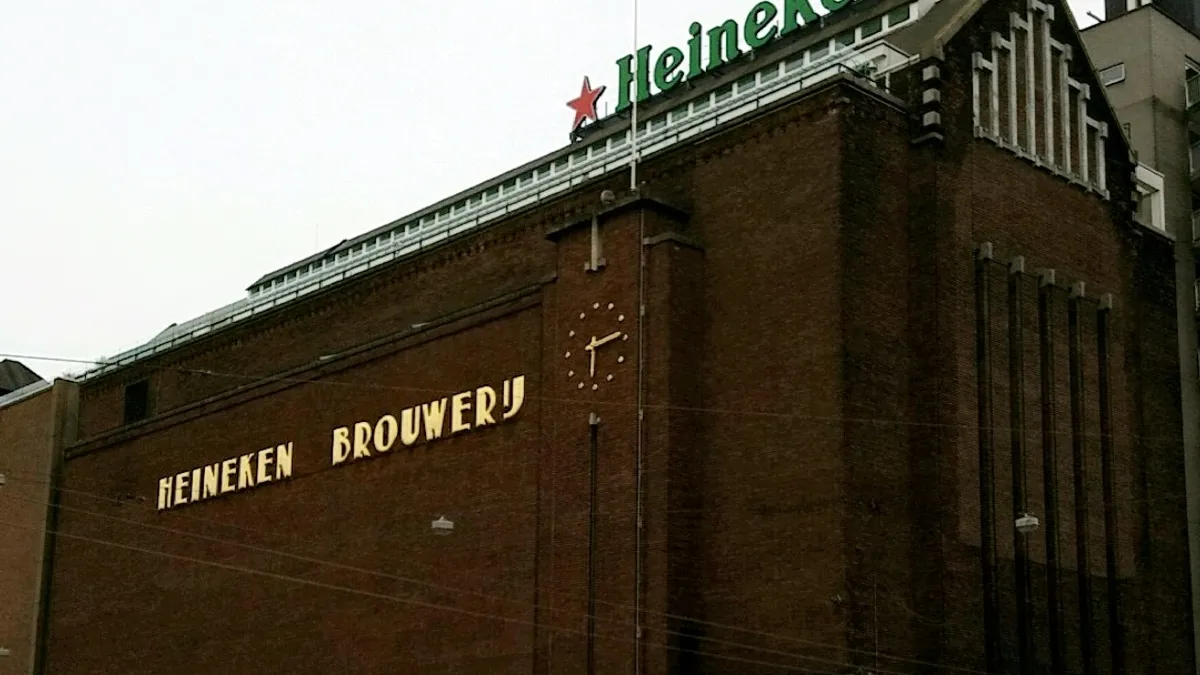Dive Brief:
- Heineken is feeling the pressure to become more flexible in its recipes thanks to the rise of craft brewers, Supply Management reports.
- The company is looking to cut inventory costs by up to 15%, obsolescence costs by up to 30%, logistics costs by roughly 1% and increase revenue by up to 1% by realigning its supply and demand planning processes.
- With 165 breweries worldwide, the company is delegating the S&OP process to the country level to allow for market differences. China and Hungary will be the first to pilot the new strategy, but the project will expand to 30 countries in 2018.
Dive Insight:
Just last week a UPS truck pulled up in my driveway. While a regular event driven by my mall-adverse shopping strategy, it was incongruous to me as it was early on a Saturday afternoon. The regular driver was not in the truck but the Saturday driver told me to get used to Saturday deliveries as “that this is what customers want.” The delivery, a nondescript piece of fall clothing, shipped not from a distribution center but directly from a store out of my region.
Point, click, pay, pick, pack, ship and deliver. S&OP in action.
Procurement organizations and their suppliers, once the reactive tail of the dog of sales and operations planning efforts are now a vital part of this increasingly visible and critical strategy. A well-tuned and flexible supply base is critical to companies like Heineken that strive to manage costs and inventory, aligning supply and demand to support shifting customer patterns and increased competition. So is the involvement in the S&OP process by the procurement organization. Call it yet one more element absorbing this function into the greater universe of supply chain management.
S&OP is a higher-level planning process that marries the business plan, the finance plan and the production plan in a strategic, multi-tiered approach. Production and distribution planning is an element in the S&OP process. The goal is to efficiently and effectively meet customer demand, with a focus on operational excellence. Elements to consider in the planning decision include inventory levels, locations, and carrying costs, capacity decisions, fulfillment, labor and material costs, and associated supply chain management decisions.
Some organizations address the issue of S&OP with the buyer /planner concept, integrating S&OP elements into day-to-day operations. But that Solomon like concept often leaves both sides wanting. Stronger buyers focus on the supply management side, minimizing the production planning process. Conversely, strong planners may be quite involved in the planning process and limit their supplier involvement to EPR releases and supplier relationship modules.
Both disciplines, while working cooperatively, need deep and focused expertise to make S&OP successful.













